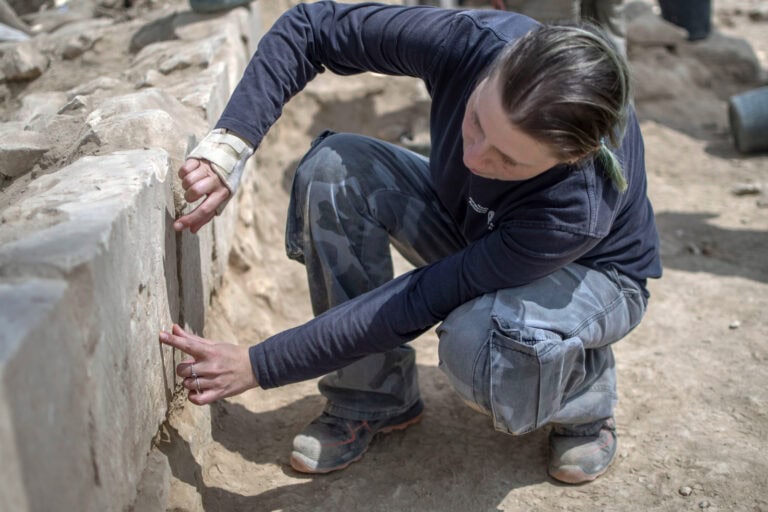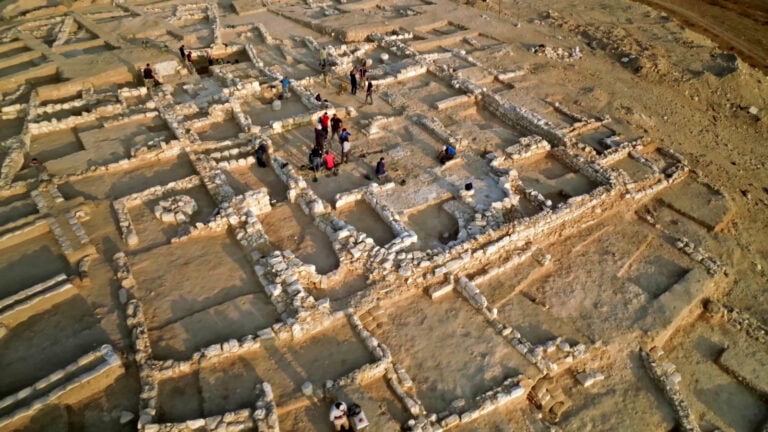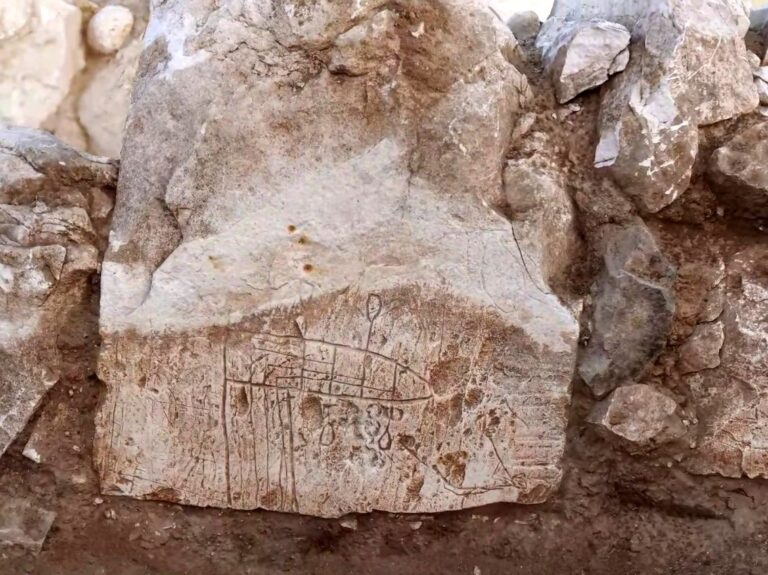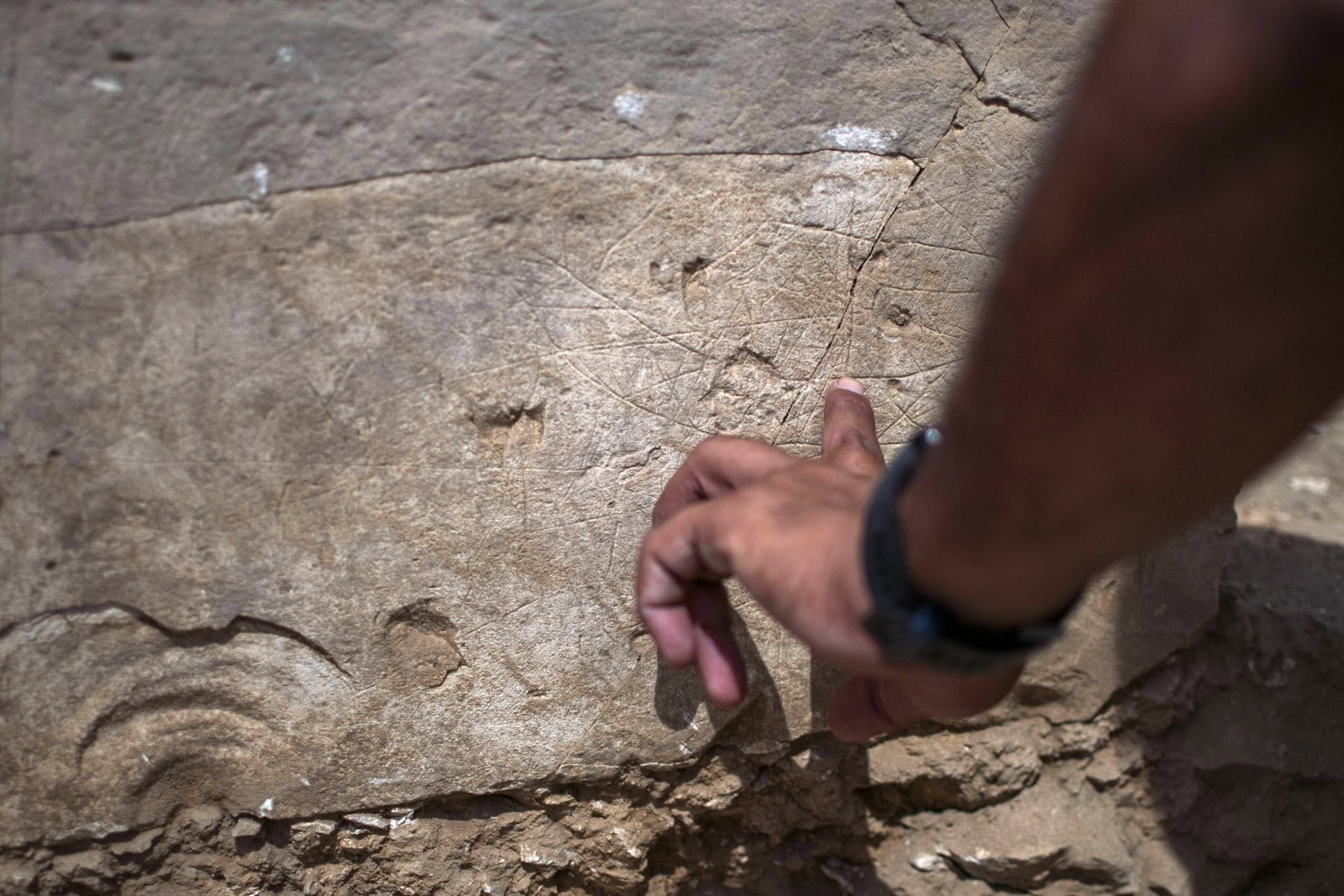In the middle of the Israeli desert, an ancient church that was recently unearthed was found to have unusual ornaments: multiple graffities of ships that seem very out of place with its sandy surroundings.
The reason? The pilgrims who arrived in the Byzantine church, located south of the present-day Bedouin city of Rahat, had made their way to the Holy Land via the Gaza or Ashkelon ports, and etched the memory of their maritime journey into their first stop here.
“This is a greeting from Christian pilgrims arriving by ship to Gaza port,” said the excavation’s directors, the Israel Antiquities Authority’s Oren Shmueli, Elena Kogan-Zehavi and Noé David Michael, together with the University of Haifa’s Prof. Deborah Cvikel.

“The excavated site tells the story of settlement in the northern Negev at the end of the Byzantine period and in the beginning of the Early Islamic period. Pilgrims visited the church and left their personal mark in the form of ship drawings on its walls. The ship is indeed an old Christian symbol, but in this case, apparently, it is a true graphical depiction of real ships in which the pilgrims travelled to the Holy Land.”
The church was uncovered as part of excavation work ahead of the construction of a new neighbourhood in Rahat. It is located near an old Roman road that led from the coastal city of Gaza to Beersheba, the main city in the Negev, and joins other Rahat-area discoveries such as a 1,200-year-old luxurious rural estate and a rare, eighth-century mosque.

The site is only a half day’s walk from the port, and possibly served as the pilgrims’ first stop on their way to holy sites in Jerusalem, Bethlehem and Sinai.
“One of the ships drawn on the church walls is depicted as a line drawing, but yet it may be discerned that its bow is slightly pointed, and that there are oars on both sides of the vessel,” notes Cvikel.
“This may be an aerial depiction of the ship, though it seems the artist was attempting a three-dimensional drawing. It may be that the lines below it portray the path beaten by the oars through the water.”

Another drawing, meanwhile, depicts a two-masted ship. The main mast has no sail but a small flag in its upper section, while the foremast is slightly raked toward the bow – details that suggest its artist’s familiarity with maritime life. The drawing was found upside down in the church, meaning that the constructor placing the stone either didn’t mind it, or was unaware of its presence.
The maritime-themed discovery is set to be presented to the public at the Rahat Conference taking place on June 6, alongside an array of lectures on the various archaeological finds in the area.
















